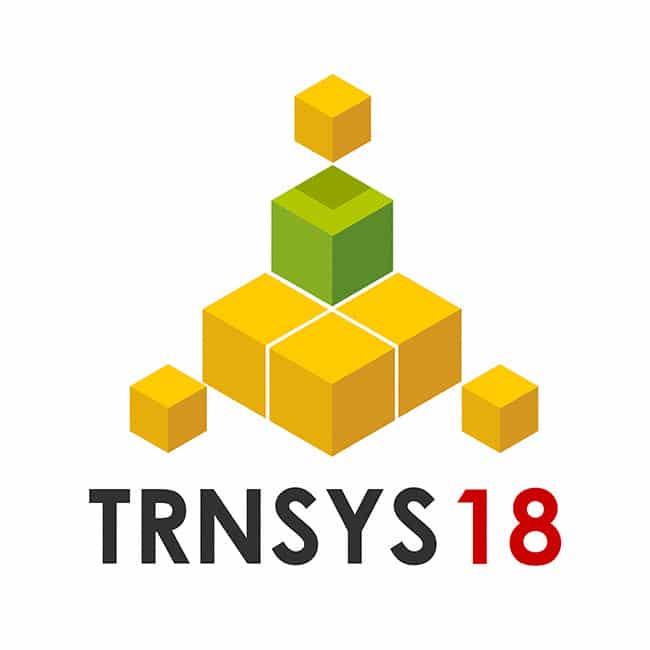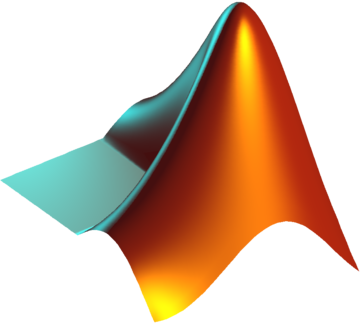About me
I am a mechanical engineer with over 10 years of experience in the field of energy efficiency of buildings. My expertise includes a strong background in building physics, HVAC systems, and thermal systems.
In addition to my expertise in energy modeling and simulation (TRNSYS, Open Studio, Carrier HAP, THERM, EES, PEB), I am also interested in data science, machine learning, and deep learning applications.
I began my career in 2010 at the Thermodynamics Laboratory of the University of Liège in Belgium where I participated in several research projects: Bricker, iSERV, IEA EBC Annex 53.
Later, I joined the engineering consultancy firm Sweco Belgium where I applied energy efficiency principles to projects involving energy audits, green building certifications (BREEAM), energy performance certifications (PEB Belgium), and HVAC system design.
Currently, I am seeking new challenges and opportunities to advance my career. I am convinced that data science and machine learning can provide innovative and effective ways to improve the energy efficiency of buildings and other industries.
If you would like to learn more about me, please feel free to download my resume, check out my social media profiles, or contact me directly via email. I would be happy to hear from you and learn more about your interests and projects.








